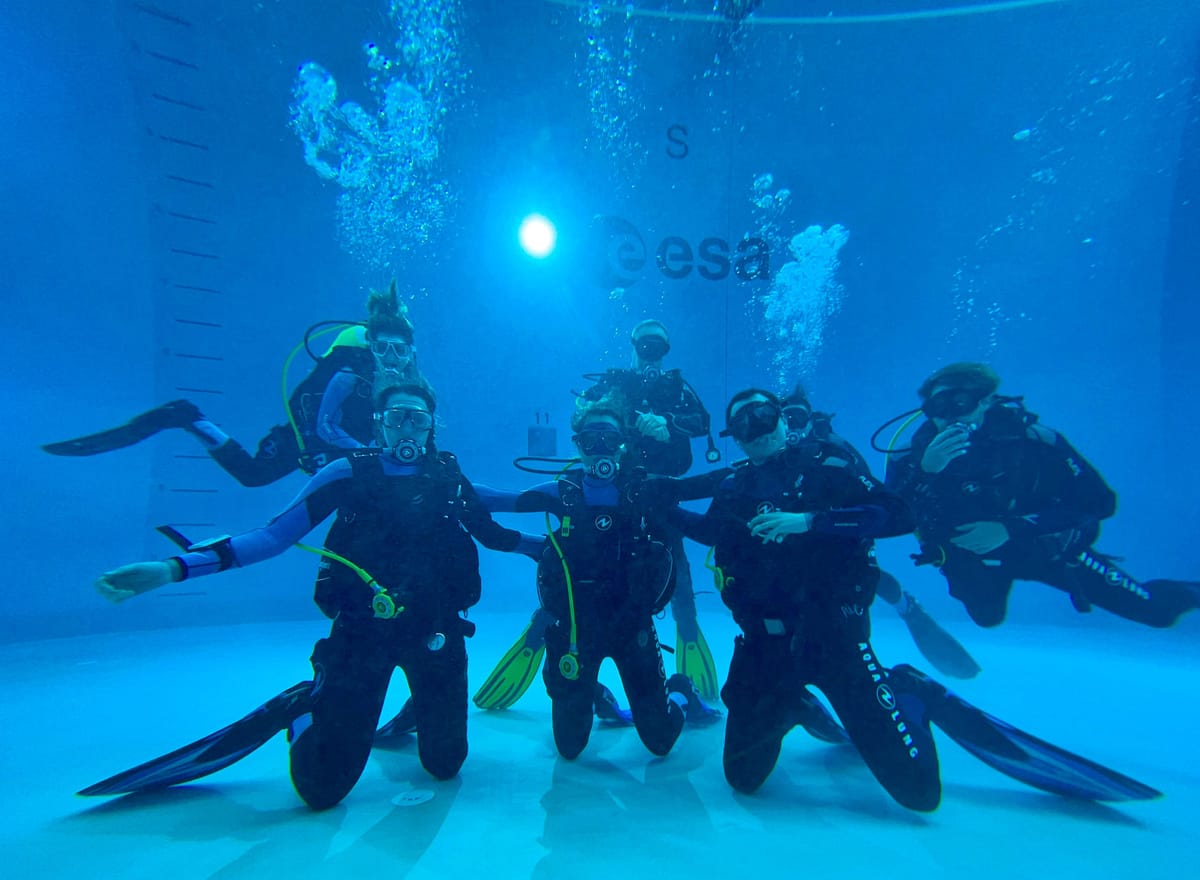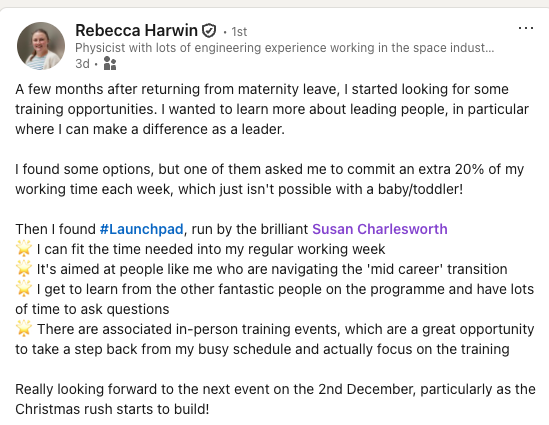Exploring Human Factors Methods in Design
Lesson 4 from ESA Astronaut Training

✨ This post is from the archive 🏛️. Migrated from Substack when we moved our writing to Ghost. ✨
This was a big lesson! I was very conscious that the ESA astronauts would not necessarily be directly involved in the design process of e.g. hardware for space, so they didn’t need all the intricate details of each method.
However, astronauts regularly participate in 'crew reviews' where they evaluate payloads and other hardware from a user perspective.
There are literally hundreds of methods to assess Human Factors, depending on what you are evaluating, whether it's the design, procedures, workload, or team dynamics.
Human Factors methods are systematic approaches used to understand and improve the interaction between humans and systems. They help ensure that designs and processes are user-friendly, efficient, and safe.
We could only cover so many, and I wanted to give the astronauts a chance to put a few of these methods into action to see how they work in practice.
🔍 (Some!) of the Human Factors methods we covered:
- Hierarchical Task Analysis (HTA): Breaking down tasks into manageable goals and operations, providing a clear roadmap for complex tasks. HTA helps identify potential challenges and ensures each step is optimised for efficiency and effectiveness, ultimately improving overall task performance.
- Systematic Human Error Reduction and Prediction Approach (SHERPA): Identifying potential errors and their consequences in each task, allowing for the development of targeted error prevention strategies.
- Situational Awareness and Mental Workload Assessments: Ensuring that operators (astronauts) can maintain high performance under pressure by monitoring cognitive load and situational awareness.
- Team Assessment Methods: Evaluating and enhancing team dynamics and communication to ensure cohesive and effective teamwork.
Understanding and applying these methods early in the design process can save time, effort, and resources, preventing costly redesigns and ensuring better outcomes. These insights are invaluable, not just for space missions but for any complex system where human interaction is critical.
As I said, this was a BIG lesson. They all had to cool off in the Neutral Buoyancy Facility (BIG pool) after that! So I'll leave a photo of that here instead of the massive book on HF methods currently sat on my desk!





